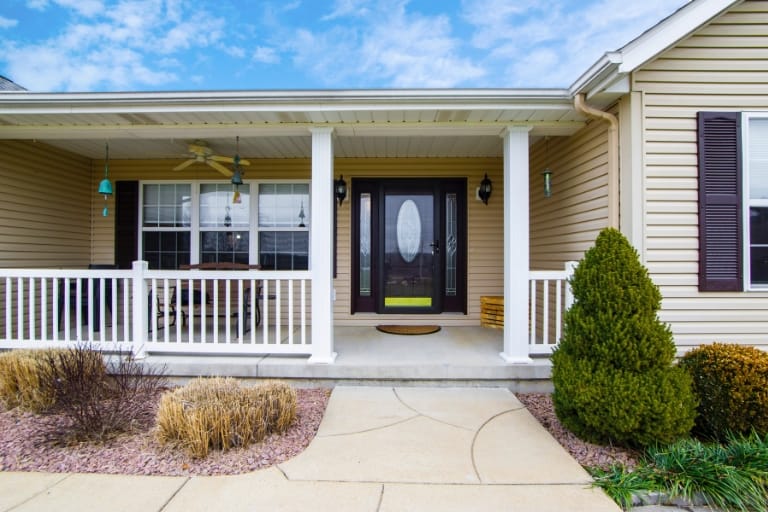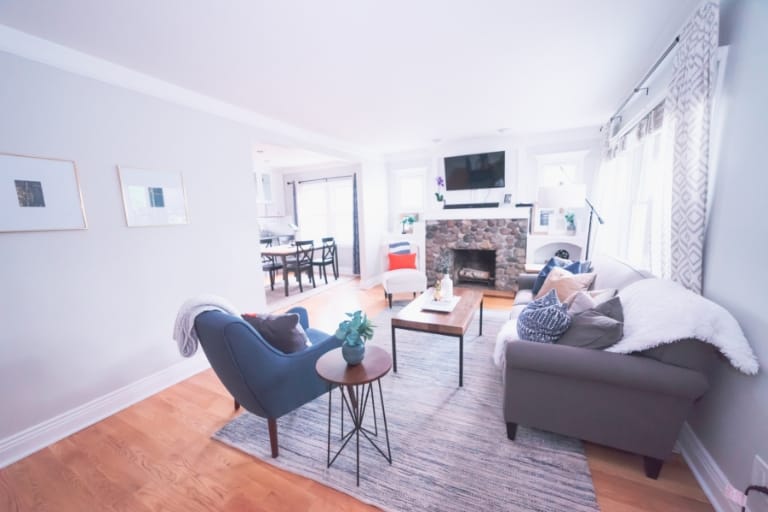As humans age, their physical needs change. In our later years, we may require a walker or wheelchair, stability assistance in the shower, or easier access to daily-use items. Actually, at any age, a broken leg or recovery from knee surgery can drastically alter our mobility, making an unprepared house a dreadful obstacle course. Hallways and doorways are usually too narrow for assisted mobility, stepped thresholds thwart wheelchair use, and deep bathtubs become inaccessible. Many homes are not built with these concepts in mind and must be modified when critical needs arise. Remodeling a home after a medical necessity has arisen can be a tough time to handle such an undertaking, both in time and money.
ADA (Americans with Disabilities Act)
In recent years, people have started planning in advance for such needs and building or modifying their homes accordingly. It’s really about making a home ADA (Americans with Disabilities Act) compliant, to accommodate the potential infirmities of later years or, more commonly, accessibility for individuals of any age. However, this homebuilding trend is more familiarly known by its affectionate moniker: Aging-in-Place.
When undertaking a construction project, we always ask the homeowner how long they plan on staying in their home, and whether they plan on retiring there. More and more people are making plans to avoid group retirement homes, choosing instead to prepare their own homes for the needs of their later years, including space for caretakers. Sometimes, it’s not about their own retirement, however. There are lots of reasons to modify a home to ADA standards. The modifications may be intended to accommodate mobility requirements of a resident of any age, or for an aging relative who will move in with them when they can no longer live alone. Most of the time, these plans are forward-thinking, planning for the future.

Forward Thinking Owners
For younger homeowners looking forward to staying in their home as they age, we typically develop a phased approach. This way, larger changes like widening doorways can be put in place immediately to support aging over time, while smaller details like shower grab bars or lower counters can go in as they are needed. Grab bars and wheelchair-accessible countertops are thought through so the necessary supports are put in place, ready to use when the time comes, but are not visibly noticeable in the meantime.
Laying the Foundations for Accessibility
We have done some interesting things for hidden, to-be-used-later aging-in-place features. For instance, we’ve built the foundational space for a future elevator that, until then, is just a fantastic closet. There are a lot of things that can be planned efficiently. For example- while opening walls during an immediate renovation in a two-story home, we can install extra plumbing downstairs to support future single-level living. This can allow a family to bring a master suite or a laundry room to the first floor when stairs become too much of a challenge. Making use of intelligent storage solutions with the removal of upper cabinets, which is not only visually pleasing now, but by having only lower cabinets, ADA access is ensured.

Modern and Luxurious Approaches to Accessibility
Nowadays, a lot of accessibility features are invisible and very much a part of the home’s aesthetic. Open floor plans allow for better socializing and also reduce the number of doorways that would otherwise need to be widened. The ever-popular spa bathroom, with an oversized room and a roll-in shower, naturally makes it more accessible. These design choices are stylish, easy to execute, and are only visible if purposefully meant to be so. From appliances to lighting, climate control to storage, cabinets to countertops, manufacturers of home building materials now have luxurious items that lend themselves well to elegant aging-in-place solutions.
Designing for aging-in-place is easier than ever before, and well worth the consideration not just for the current homeowner, but for their loved ones, and even for potential resale attraction. If you’re interested in having your home evaluated for its aging-in-place potential, we’re happy to help you- give us a call!





